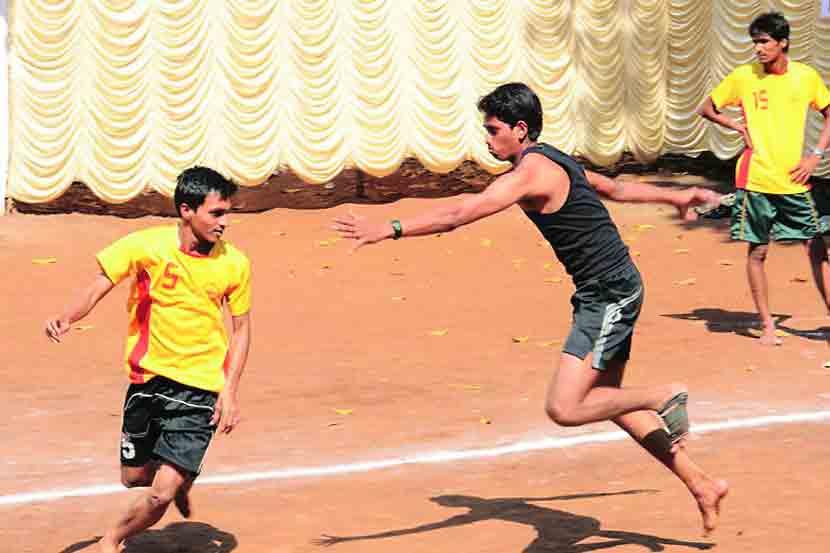The journey through the case study of Alex, supplemented by comprehensive data analysis and practical applications, has revealed transformative insights into spin bowling performance enhancement using smart cricket ball technology. In this final chapter, we consolidate the findings and propose recommendations for stakeholders in the cricketing fraternity.
Table of Contents
Summary of Key Findings for Spin bowling

Our investigation underscored the utility of smart cricket ball technology in elevating a spin bowler’s prowess. Alex’s enhanced performance, marked by increased spin rates and improved delivery control, validates the efficacy of data-driven training interventions.
Enhanced Performance Metrics
- Alex’s spin rate showed a significant increase from an average of 2,000 RPM to 2,300 RPM post-intervention.
- Consistency in seam position improved, leading to more controlled and predictable deliveries.
- The axis of rotation adjustments resulted in a more significant deviation of the ball upon pitching, complicating the batsman’s task of playing the ball effectively.
Practical Applications Revisited
The implications of our study extend to training regimens, coaching strategies, injury prevention, and the broader domain of cricket analytics. The integration of smart technology into routine training has the potential to revolutionize player development and match strategy formulation.
Recommendations
Based on our findings, we propose several recommendations to harness the full potential of technology in cricket:
For Coaches and Trainers
- Incorporate smart cricket ball technology into regular training to provide real-time, actionable feedback.
- Develop individualized training programs that align with the biomechanical analysis data.
- Use data analytics to identify and nurture talent based on objective performance metrics.
For Cricket Administrators and Governing Bodies
- Invest in smart technology infrastructure to support data-driven decisions in coaching and talent development.
- Promote the integration of technology in coaching certification programs to equip coaches with the necessary skills to leverage these tools.
- Establish guidelines for the ethical use of data in player monitoring and performance analysis.
For Players
- Engage with data analytics to understand personal performance metrics and areas for improvement.
- Embrace technology-assisted training as a complement to traditional practice methods.
- Be proactive in managing workload and injury risk through biomechanical feedback.
For Cricket Technologists and Data Scientists
- Continue to refine and innovate cricket technology to enhance its accuracy, reliability, and user-friendliness.
- Collaborate with biomechanists and coaching staff to ensure technology solutions are grounded in the practical needs of the sport.
- Explore the integration of artificial intelligence and machine learning to predict performance trends and injury risks.
Future Directions
Looking ahead, there are exciting possibilities for the intersection of technology and cricket:
Technological Advancements
- Developments in wearable technology could provide even more detailed biomechanical data, extending beyond ball metrics to include player kinematics and kinetics.
- Artificial intelligence could personalize training programs dynamically, adapting to the player’s real-time performance and condition.
Research Opportunities
- Longitudinal studies tracking technology-assisted training outcomes over extended periods could validate the long-term benefits of such interventions.
- Comparative studies across different playing levels and geographic regions could identify universal principles and culturally specific practices in spin bowling.

Closing Remarks
Alex’s story is a testament to the symbiotic relationship between tradition and innovation in cricket. As the sport continues to evolve, it is incumbent upon all involved to ensure that the integrity and spirit of cricket are preserved while embracing the opportunities presented by technology. This case study not only contributes to a greater understanding of spin bowling performance enhancement but also heralds a new chapter in cricket’s enduring narrative—one where science and technology are integral to the sport’s future.
This comprehensive case study, encompassing the narrative of a semi-professional cricketer’s transformation, presents a microcosmic view of the broader potential for smart cricket ball technology. As the sport continues to evolve, the insights gleaned from this study could well become a cornerstone for future cricket training and performance optimization strategies.





